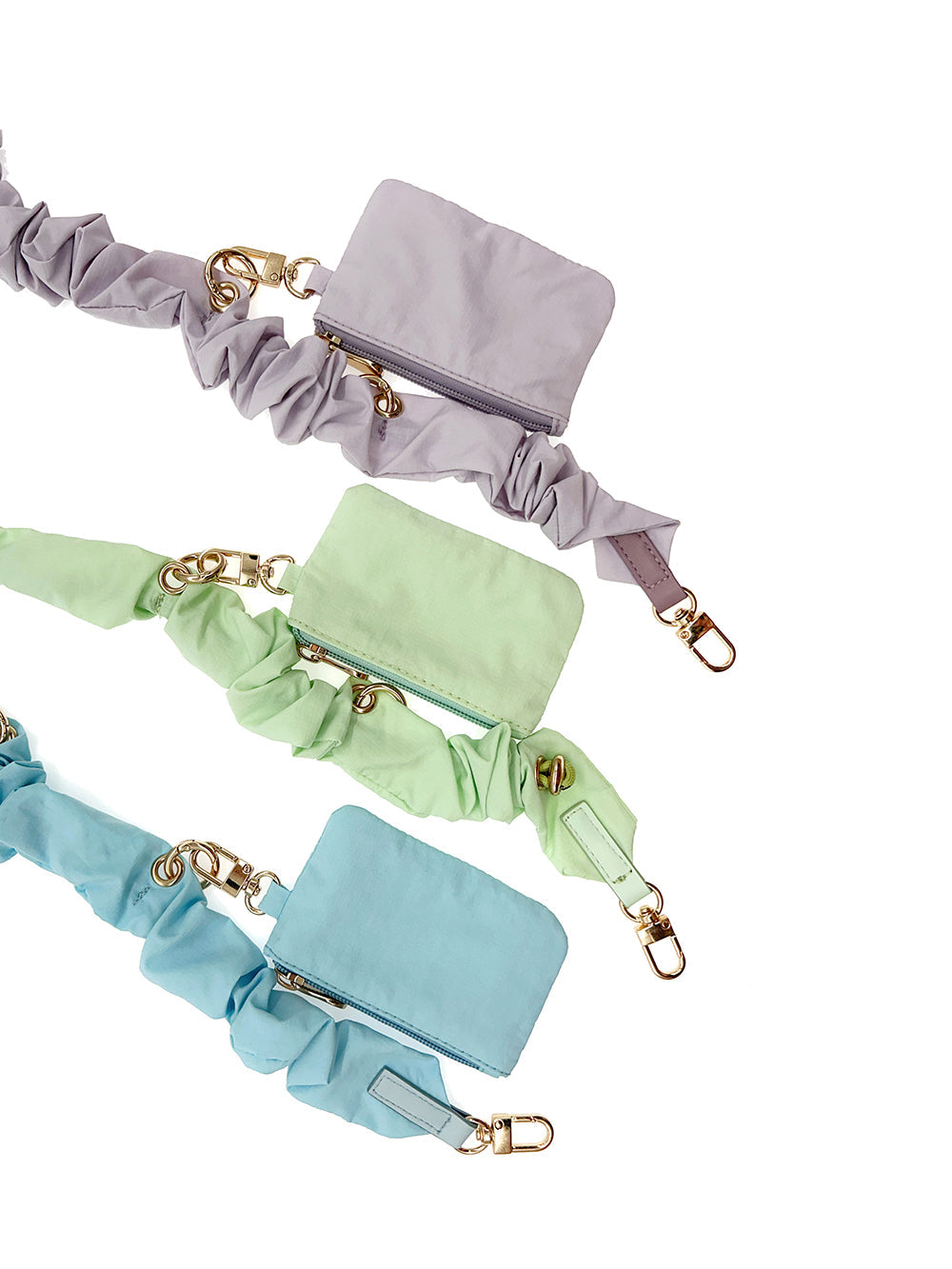
Sustainable Leather: Eco-Friendly Options for Conscious Businesses
Share
As more consumers align their purchases with their values, businesses are under increasing pressure to offer products that are not just beautiful and functional, but also ethically and environmentally responsible. Leather goods, long associated with durability and luxury, are now part of the sustainability conversation. If your brand wants to stand out in today’s conscious marketplace, understanding eco-friendly leather options like vegetable-tanned leather, chrome-free alternatives, and ethically sourced materials is more than a trend—it’s a strategic move.
One of the most well-regarded eco-friendly tanning methods is vegetable tanning. This traditional process uses natural tannins found in tree bark, leaves, and other plant matter instead of harsh chemicals. The result is a leather that ages beautifully, has a rich natural scent, and takes on a warm patina over time. Vegetable-tanned leather is biodegradable, making it an excellent choice for businesses that want to minimize environmental impact. However, it does take longer to produce and is typically more expensive, which makes it ideal for handcrafted or premium collections where quality and environmental responsibility go hand in hand.
In contrast, chrome-tanned leather is processed using chromium salts, a much faster and more cost-effective method that results in softer, more flexible leather. However, the downside lies in its environmental footprint. Chrome tanning can be hazardous when not properly regulated, leading to pollution and health risks for workers in poorly managed tanneries. For brands aiming to offer affordable products at scale, chrome tanning might seem like the default route—but it’s important to explore chrome-free or low-impact tanning techniques if sustainability is a part of your brand promise.
Biodegradability is a key factor that sets eco-friendly leather apart. Vegetable-tanned leather, along with certain chromium-free options, breaks down more naturally over time compared to synthetics or chemically treated leathers. When discarded, these materials return to the earth with less impact, especially if paired with natural threads, glues, and linings. On the other hand, synthetic leather (like PU or PVC) often lingers in landfills for decades. If your customers care about what happens to a product after it's used, biodegradable leather adds a valuable layer of authenticity to your brand story.
But sustainability goes beyond materials and into ethical sourcing. Transparency around where your leather comes from—whether it’s a family-run tannery in Italy or a certified organic livestock farm—adds credibility. Ethically sourced leather often means the hides are byproducts of the food industry, reducing waste and supporting circular practices. Partnering with suppliers who follow fair labor practices and maintain eco-conscious standards not only protects the environment but also strengthens your business’s reputation in the eyes of socially aware customers.





